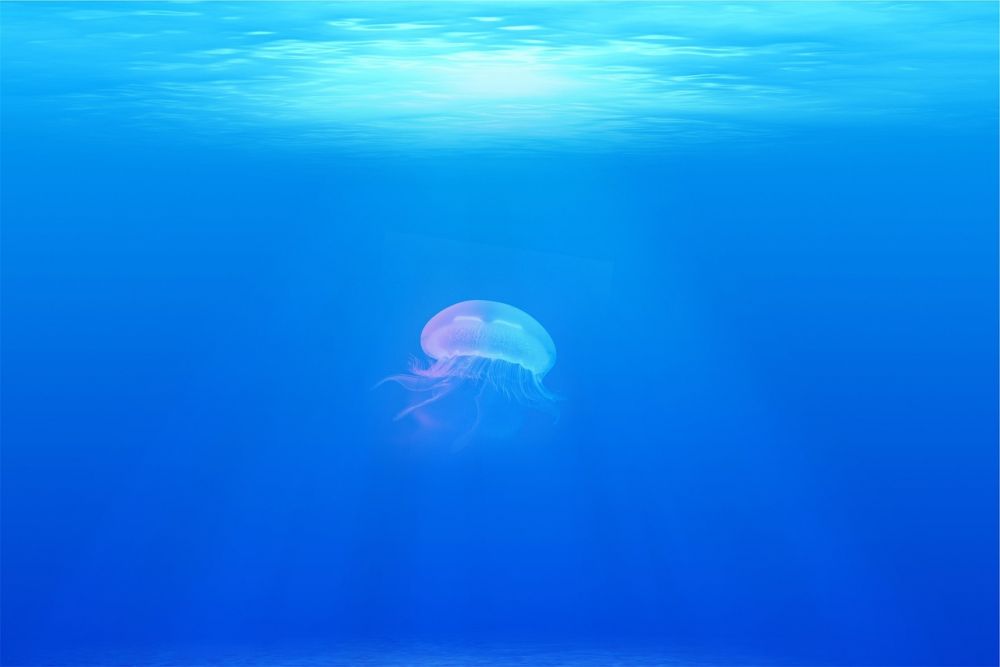Fulest Fish: A Comprehensive Guide

Introduction:
In the deep depths of the ocean, there exists a fascinating array of peculiar-looking creatures. These are the ”fulest fish” or ugliest fish species, which have captured the curiosity of marine enthusiasts worldwide. This article aims to provide an extensive overview of these fish, including their characteristics, types, popularity, and their unique features.
I. Overview of Fulest Fis

The term ”fulest fish” refers to those species that possess unconventional, unappealing physical attributes. Their appearances often deviate from the common notion of beauty, making them intriguing subjects for exploration. Despite their unconventional looks, fulest fish play an essential role in maintaining ecological balance within their habitats.
II. Presentation of Fulest Fis
1. Types and Diversity:
Fulest fish encompass a broad variety of species with distinct features. Examples of such fish include the Blobfish, Anglerfish, Monkfish, Ocean Sunfish, and the Hairy Frogfish. Each of these species has its own adaptations and unique characteristics that set them apart.
2. Popular Fulest Fis
Among the fulest fish, some have gained particular popularity among marine enthusiasts and researchers. The Blobfish, often regarded as one of the ugliest creatures underwater, has captured widespread attention. Its gelatinous appearance and droopy face make it an epitome of unconventional beauty.
III. Quantitative Measurements of Fulest Fis
Quantitative analysis can provide further insight into the fulest fish species. Studying their physical dimensions, such as length, weight, and body proportions, can help establish objective comparisons. Researchers have conducted various measurements to understand the physiological aspects of these unique creatures.
IV. Differences Among Fulest Fis
Although all fulest fish possess undesirable physical traits, they exhibit notable distinctions. These differences can range from size, body shape, coloration, and adaptations to their respective environments. Furthermore, some species have evolved intricate hunting mechanisms, while others rely on camouflage to survive.
V. Historical Overview of Pros and Cons of Fulest Fis
Throughout history, fulest fish have been subject to diverse perceptions. While their unconventional beauty has intrigued researchers and scientists, their appearances have also fueled negative connotations. Some fish, like the Anglerfish, have historically been appreciated for their unique adaptations, while others, like the Hairy Frogfish, have been negatively associated due to their rather repugnant features.
Conclusion:
Fulest fish, with their peculiar appearances and distinctive adaptations, serve as an enchanting subject for exploration. Despite being labeled as ”ugly,” these creatures play vital roles in maintaining marine ecosystems. This article has provided a comprehensive overview of the fulest fish, delving into their diversity, uniqueness, quantifiable measurements, differences, and historical perspectives. By shedding light on these fascinating underwater inhabitants, we hope to foster a greater appreciation for the beauty that lies beyond conventional aesthetics.
[INSERT VIDEO HERE]
Target audience: General public
Tone of voice: Formal
FAQ
Do 'fullest fish' serve any ecological purpose?
What makes a fish the 'fullest fish'?
Which fish species are considered the 'fullest fish'?
Fler nyheter
Värdighet och omsorg i sorgens tid – begravningsbyrå i Smedjebacken
Introduction: In the deep depths of the ocean, there exists a fascinating array of peculiar-looking creatures. These are the ”fulest fish” or ugliest fish species, which have captured the curiosity of marine enthusiasts worldwide. This ar...
Maja Bergman Lindberg
24 april 2024
Terrassmarkis i Stockholm: Skydd och stil för ditt utomhusutrymme
Introduction: In the deep depths of the ocean, there exists a fascinating array of peculiar-looking creatures. These are the ”fulest fish” or ugliest fish species, which have captured the curiosity of marine enthusiasts worldwide. This ar...
Renate Degerth
23 april 2024
Allt du behöver veta om att boka en flyttfirma
Introduction: In the deep depths of the ocean, there exists a fascinating array of peculiar-looking creatures. These are the ”fulest fish” or ugliest fish species, which have captured the curiosity of marine enthusiasts worldwide. This ar...
Maja Bergman Lindberg
21 april 2024
Allt du behöver veta om pelletsbrännare reservdelar
Introduction: In the deep depths of the ocean, there exists a fascinating array of peculiar-looking creatures. These are the ”fulest fish” or ugliest fish species, which have captured the curiosity of marine enthusiasts worldwide. This ar...
Lotta Alberius
12 mars 2024











